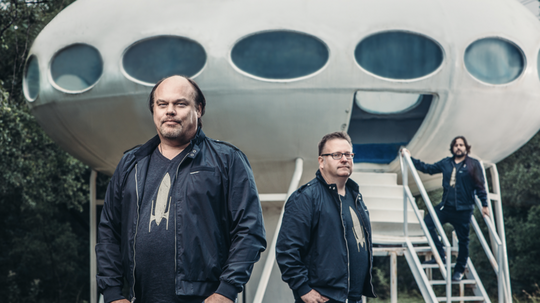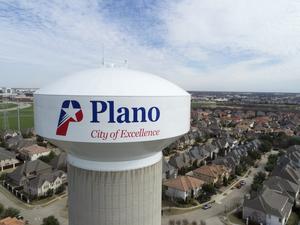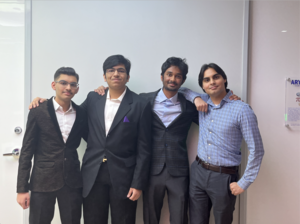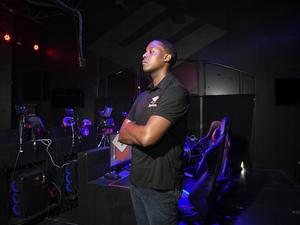
“We don’t want to run from the world's biggest problems, we want to run towards them,” Ben Lamm, founder, CEO and chairman at Hypergiant Industries, said about the drive behind the company’s many divisions and spinoffs.
And with the most recent Hypergiant company, which will operate under Hypergiant Sensory Sciences, the company is expanding that mission into the spatial AI industry. Dallas-based Worlds emerged from stealth last month, announcing a $10 million Series A funding round led by locally based Align Capital Partners and joined by Chevron Technology Ventures, Piva, and Hypergiant Industries.
“When we can help manifest and help humans augment seeing the real world through the lens of AI, and almost truly visualizing artificial intelligence, it’s pretty powerful,” Lamm said.
The company is calling its platform the “first-of-its-kind extended reality (XR) environment.” Worlds’ software allows users to create AI-powered models of real-world spaces, allowing them to analyze and learn from their physical surroundings. It hopes that the technology will increase companies' efficiency, while also increasing security, productivity and cost reduction.
The technology uses sensory data, like vision, sound and heat combined into sets, in order to learn patterns and develop “scenes.” Those scenes can then be used for automated or live monitoring.
"We don’t want to run from the worlds biggest problems."
“I think it’s the first time dealing with a technology that has the capability to transform humanity,” said Dave Copps, CEO at Worlds, at an event on Wednesday evening. “We were almost creating live simulations of the real world and giving people a way to study their environments as never before.”
The idea behind Worlds grew out of a desire to discover real-time applications for rapidly expanding AI technology. Noticing the space of critical infrastructure was in need to digital transformation, the team at Worlds started by asking companies, like backer Chevron, about use cases for AI transformation. Things took off from there.
Unlike some other Hypergiant divisions, Worlds was created as its own entity, due to the belief that this would be “something big,” Lamm said.
Currently, Worlds works largely in the energy and Department of Defense spaces, where its technology can be used to predict in near real-time security and infrastructure threats. However, it has implications and uses in other areas. Lamm said the technology is easily scalable, as it can be integrated with existing camera, sensor and infrastructure technology.
But what makes this spatial and predictive AI different than traditional tech is that instead of humans telling the software what to look for, the software tells the human what they should be looking out for, as it learns from human behavior and other factors in an unstructured environment.
“You can really make it where humans can start to be more capable,” Lamm said. “There’s incredible things that you can do that computers can just do better, if you can do it in a way where the computer can understand the scene the same way that we look at it.”








